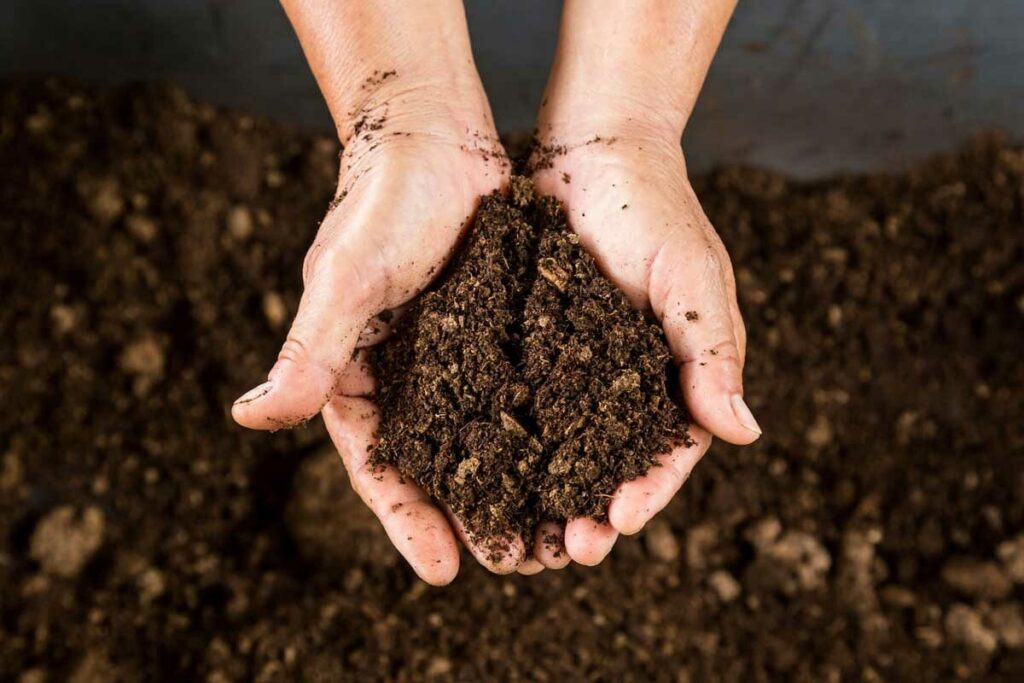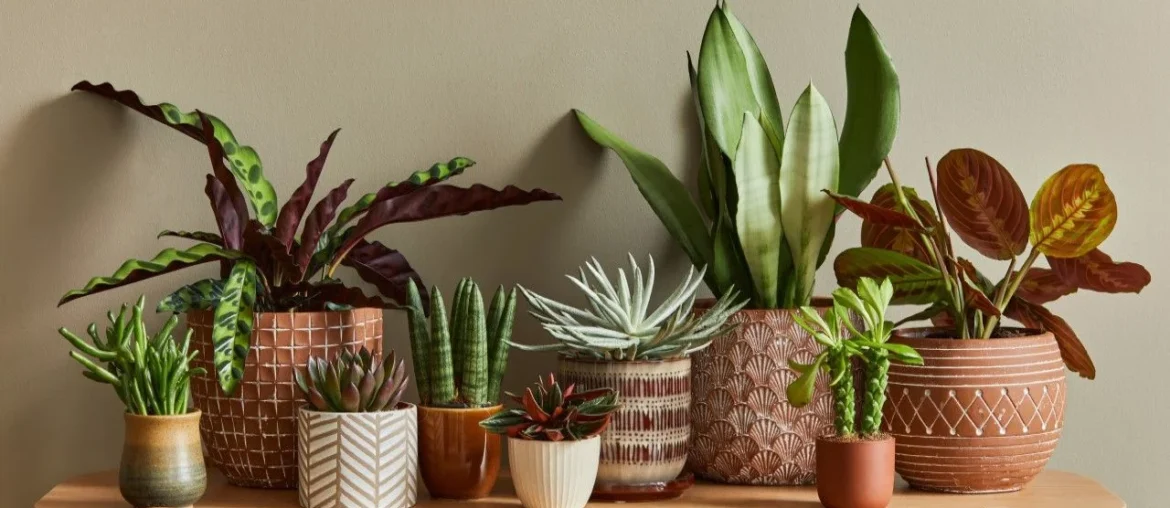You understand the benefits of houseplants, and you buy and grow a lot of houseplants, believing that the more you grow, the better for the environment. That’s not wrong, but you’re missing some points. If you’re growing them for beauty and entertainment purposes, that might cause environmental harm instead. So, how do you know if your houseplants – or the process of growing them – are good or bad for the environment? To find out, here are the 3 key factors that you need to consider.
The “Plant Miles” Problem
When it comes to indoor plants, not many people really pay attention to where their plants come from. Many simply think that the more plants they purchase and grow, the better for the environment.
However, that’s not always the case. Discussions about the carbon footprint of houseplants have been around for a long time, and there’s a reason for that. It all stems from the ‘plant miles’ problem.
The term ‘plant miles’ refers to the distance that your plants travel from their nursery to your home. Most of the houseplants you buy from plant shops are grown in nurseries elsewhere. They will later travel all the way from nurseries to other plant shops across the country, or even around the world. Even though most trips are made by boat or by road, the amount of carbon generated to the environment through transportation and plant care is still massive. And we haven’t added the distance that you drive from your home to the shop to pick the plants up and return home. The carbon footprint could be even greater despite all the benefits of houseplants for the environment.
So, to see if your plants are good for the environment, you need to take this aspect seriously. Try to cut down on plant miles as much as possible when buying or trading plants in order to minimize the carbon footprint of this activity.
Do Your Houseplants Need Peat To Grow?
Most houseplants are grown in peat. Peat is really great in terms of retaining moisture and oxygen. That’s the reason why many of the mixed soils out there do include peat. So, is peat the problem we’re talking about? No, it’s not. The problem is not about peat itself, but about the overuse and exploitation of it.

Do you know that peat in wetlands is an incredible store of carbon? One-third of the world’s soil carbon is stored by them, and just like forests, the loss of peat will release a massive amount of carbon dioxide into the atmosphere. That’s a big no-no.
A lot of plant shops and growers sell and utilize commercial soils containing peat due to its effectiveness. However, they don’t seem to realize the negative impact of harvesting peat on the environment. Just consider how often we buy plants, and you will be surprised by how problematic it is to the environment if we continue to use peat excessively.
In case you didn’t know, peat only grows 1mm per year, somewhat like stalagmites. Therefore, see if you’re using mixed soils that contain peat and consider changing to peat-free alternatives if possible.
The Way You Take Care Of Your Houseplants
Last but not least, it should be made clear that whether your houseplants are good or bad for the environment doesn’t entirely depend on the plants but also on how you take care of them. As you can see from above, most of the aspects we need to consider are indeed in our control, so it’s all up to us to determine if your plants are Mother Nature’s friends or enemies.
Every houseplant is a living thing, and our job is to keep them alive as long as we possibly can. When your plant dies, it doesn’t mean just that. All the energy used in the process of rooting, growing, and distributing the plant will also be wasted. You buy a lot of plants and let them die in less than a month? What a waste of money and energy, and that’s not how we grow plants for the environment.
If you are new to growing indoor plants, starting with those that have a long life and are easy to care for would be ideal. Focusing on your plants in terms of growth over time instead of quantity will both help you maximize the benefits of your houseplants and minimize the energy waste in the event of your plants dying.
Utilize eco-friendly growing techniques as much as possible. Organic compost or chemical fertilizers, which are better, you better choose wisely. Try propagating your houseplants or trading cuttings with others; this is a good way to expand your collection without having to buy more.
Conclusion
The benefits of houseplants to the environment and our everyday lives are undeniable. However, while insignificant, growing houseplants does come with some environmental impacts, one way or another.
Don’t get me wrong, I’m not saying that we need to stop growing houseplants as a solution. We need to grow our houseplants sustainably so that the environmental advantage will outweigh any disadvantage caused by this activity.
Shop now with Tenere to get all the products you need for your sustainable house plants, so you can grow your houseplants and we can grow more trees around the world in the most sustainable way.









